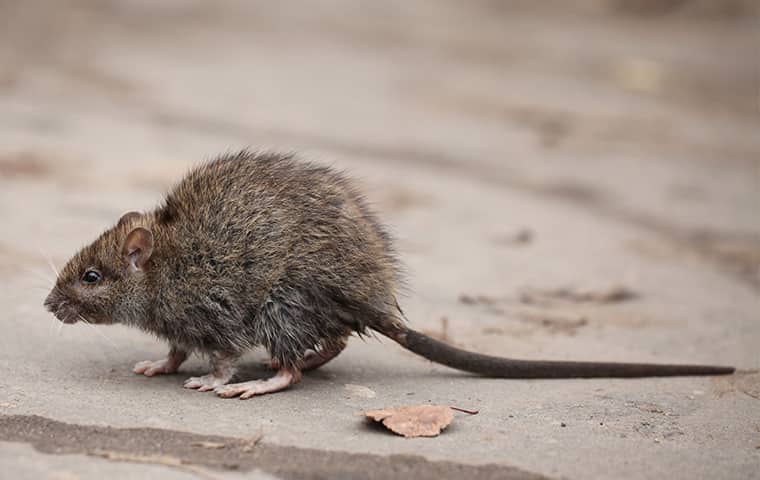Rats are active throughout the year and mostly at night.
Roof rat citrus damage.
Skittish smooth furred and not well adapted to cooler temperatures roof rats are often mistaken for house mice.
Step 1 in order to assess the severity of the rat problem and to get a better idea of where to bait and trap you will first need to perform a thorough inspection of the premises.
These rodents prefer to consume fruits sometimes referred to as the fruit rat or citrus rat and nuts although roof rats are omnivorous and will feed on almost anything available to them.
Though they may be cute these critters can cause major damage by chewing on housing materials and eating stored foods.
One of the reasons that roof rats have flourished in the east valley is because of the prevalence of backyard fruit trees especially citrus trees.
You are pretty sure you saw a roof rat near your patio.
Like most other rodents they carry diseases that can be spread to humans.
According to the university of california statewide integrated pest management program roof rats are especially fond of avocados and citrus and often eat fruit that is still on the tree.
By teri carnicelli the overabundance of citrus this winter and spring may seem like a happy circumstance for those who enjoy spending hours squeezing oranges and grapefruits or making tasty desserts with lemons and limes.
The rats typically will target the lowest hanging fruit literally.
Roof rats are food hoarders stashing supplies of food such as seeds and nuts.
What you ll want to look for are any signs that the rats are present including droppings tracks gnaw marks burrows runways and rodent sounds.
This provides the rats with a convenient food source close to warmth and shelter.
You ve also seen some of the common signs of a roof rat infestation such as.
Get rid of roof rats in four basic steps.
Too much citrus draws in roof rats.
After harvest they damage fruit and nuts in bins by chewing them and leaving excrement.
In late fall roof rats seek out warm nesting sites like the upper levels of your home or garage.
Half eaten citrus around your home.
Health concerns include salmonellosis and hantavirus as well as lyme disease which can be carried by infected ticks in the pests fur.
Just thinking about it probably gives you the heebie jeebies.
As roof rats scavenge for sustenance indoors they contaminate food resulting in costly waste.
Roof rats often feed on orange avocado and other fruits sometimes leaving hollow fruit skins hanging on the tree.
Learning how to permanently get rid of fruit rats is a must if you want to keep your home and produce as fresh and uncontaminated as possible.

